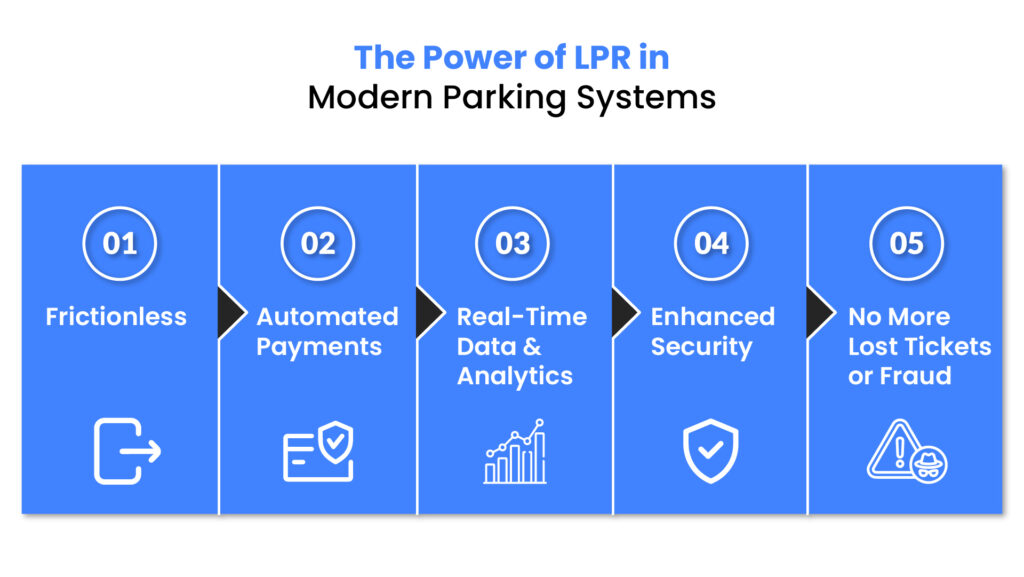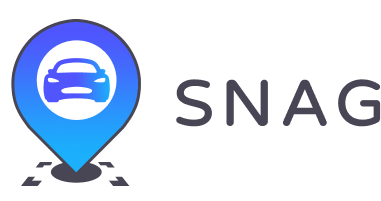
- Suraj
- May 27, 2025
Parking Lot Technology: How License Plate Recognition is Changing the Game
In today’s fast-paced world, convenience is king. From contactless payments to rideshare apps, technology continues to reshape how we navigate everyday life. Smart parking systems—once a source of daily frustration—is now being transformed by innovations like License Plate Recognition (LPR), one of the most significant advancements in automated parking solutions.
While commercial parking system upgrades like gated garages and private lots are being outfitted with parking automation technology such as LPR, the street parking landscape is also evolving through people-powered platforms like SnagParking, an innovative alternative to smart parking apps for city streets. Together, these solutions are redefining how we approach urban mobility.
What is License Plate Recognition (LPR)?
License Plate Recognition (LPR), also known as Automatic Number Plate Recognition (ANPR), is a vehicle access automation technology that captures vehicle license plates using cameras. The software then processes these images in real time, instantly identifying plate numbers to automate parking access, payments, and security checks—eliminating the need for human involvement or printed tickets.

The Power of LPR in Modern Parking Systems
1. Frictionless Entry and Exit
LPR removes the need for drivers to stop at gates or scan tickets. Your license plate becomes your pass—automatically granting entry and exit. This enables frictionless street parking access at busy venues like airports, hospitals, event centers, and corporate garages.
2. Automated Payments
When paired with parking apps, LPR enables seamless billing. Drivers register their plates and payment methods once, and the system takes care of the rest—charging users as they exit, without lines or machines.This integration is key in automated parking solutions and smart street parking for cities.
3. Real-Time Data & Analytics
For operators, LPR delivers real-time data that reveals occupancy trends and traffic patterns. Property owners can make informed decisions about pricing, staffing, and space optimization—all based on data-driven insights.
4. Enhanced Security
Security is also enhanced with LPR. Every vehicle that enters or exits is documented using parking security using license plate recognition, creating an audit trail. This assists in deterring theft, enforcing time limits, and supporting law enforcement when needed.
5. No More Lost Tickets or Fraud
With license plates replacing physical tickets or RFID tags, systems become more accurate and less prone to abuse. Lost ticket claims and fraudulent access are virtually eliminated—making LPR a reliable option for commercial parking system upgrades.
Why LPR is a Game-Changer for Urban Parking
In dense city environments, time and space are both limited. Studies show drivers spend up to 17 hours a year just searching for parking. LPR addresses this by expediting vehicle turnover and improving space utilization in urban parking environments such as commercial garages and paid lots. It reduces idle time, lowers emissions, and supports smarter urban planning.
For lot owners and municipalities, LPR also opens new revenue streams. Features like dynamic pricing, time-based access, and VIP tiering can be automated with LPR parking technology—allowing for efficient monetization and service delivery.
People-Powered Street Parking: The Snag Parking Model
While LPR revolutionizes commercial lots and gated facilities, street parking presents a different challenge—one that’s less about automation and more about access. That’s where SnagParking comes in.
SnagParking doesn’t rely on cameras or sensors. Instead, it uses a peer-to-peer model where drivers leaving parking spots (Givers) can offer their soon-to-be-available space to those actively looking (Snaggers). For a small fee, users coordinate the handoff in real time—reducing search time, easing congestion, and enabling a people-powered smart parking system without any need for government hardware or infrastructure.
It’s street parking, powered by people—not technology alone.
While LPR benefits for parking management are ideal for managing enclosed, gated spaces, SnagParking fills a critical gap by helping everyday drivers find—and exchange—legal urban street parking in real time. Together, both systems help cities function more efficiently.
Final Thoughts
License Plate Recognition (LPR) is more than just a convenience feature—it’s a foundational element of modern parking infrastructure. By automating access, boosting security, and enabling smart monetization, LPR is changing the game for property owners and city planners alike.
But innovation isn’t limited to lots and garages. Platforms like SnagParking bring that same spirit of disruption to the curbside—empowering individuals to solve parking challenges through collaboration and smart coordination.
The future of parking is hybrid: tech-enhanced, user-driven, and smarter at every level. Whether it’s a gated garage powered by license plate scanner for parking garages or a city block connected through SnagParking, one thing is clear: parking will never be the same again.
